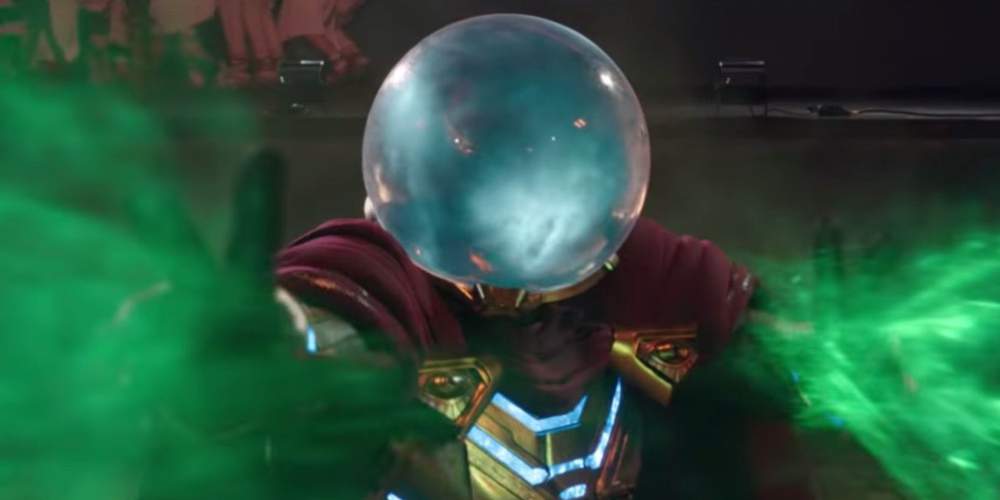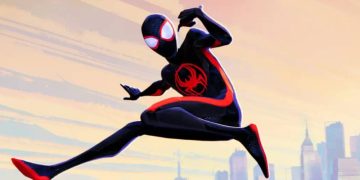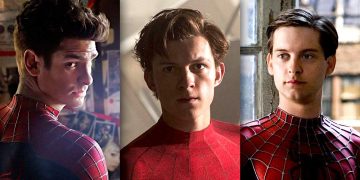Spider-Man is not an easy character to portray. He's a high school student with extraordinary abilities, weighed down by the responsibilities of his powers—he's conflicted by his dual life, and that requires an emotional resonance that not every actor is capable of.
But playing opposite Spider-Man as one of the many villains in the Spider-Man lore comes with its own set of unique challenges—so much so that playing a Spider-Man villain has often proven to be a poisoned chalice for any actor willing to step up to the plate.
When Sam Raimi's first Spider-Man film arrived in cinemas in 2002, not only did it showcase Tobey Maguire in what would become his defining role, it also put Willem Dafoe in the spotlight opposite him.
Raimi started the series with a bang, then took it to higher heights with Spider-Man 2—still considered the best Spider-Man film ever produced— as Alfred Molina's Doc Ock joined the list of iconic cinema villains.
But Raimi's success faltered with the third film. While Thomas Haden Church's Sandman was fun, Topher Grace's Venom is best forgotten. And when Marc Webb's The Amazing Spider-Man films came out, his villains were spotty as ewll. For every Lizard, there was a Green Goblin.
Now, with Marvel and the MCU beckoning for more Spider-Man content, the more recent villains—like Vulture and Mysterio—have proven to be hits. But have they risen above the villains who came before?
Here's our take on the best villains in all of the Spider-Man movies, ranking them all the way to the top, along with why each villain is so great and what they bring to the table.
7. Curt Connors (The Lizard)
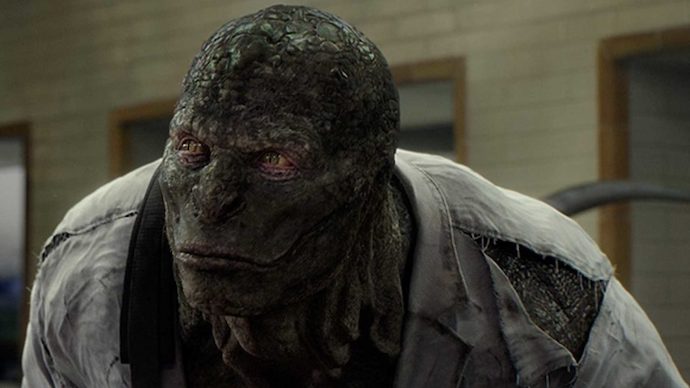
First appearing in The Amazing Spider-Man and facing off against Andrew Garfield's Spider-Man, Curt Connors wasn't a terrible villain for the first outing of a new Spider-Man. However, the whole film lacked in many ways, which dragged Rhys Ifans' character down.
His return in Spider-Man: No Way Home gave the character much better weight, as his relationships with the other villains helped develop the Lizard further, even if he was sidelined compared to the rest.
6. Max Dillon (Electro)
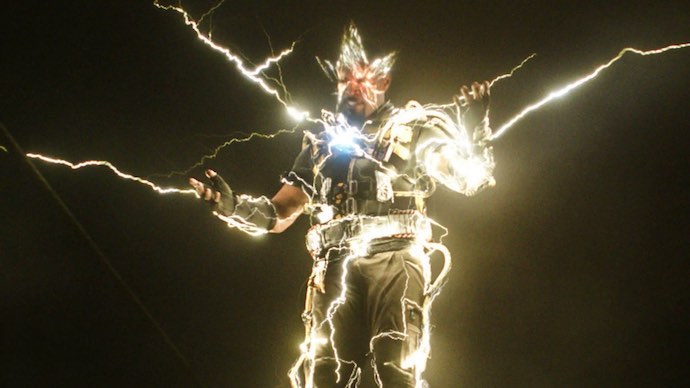
Famously blue for his first appearance in The Amazing Spider-Man 2, the character represented the film in many ways—especially in how it didn't resonate with fans. But little of the blame can go to Jamie Foxx, who portrayed him well enough given the material.
Foxx had his shot at redemption in Spider-Man: No Way Home and became the Electro the franchise deserves. Foxx's return was taken well by the actor, who showed his acting skills against the other villains around him and made Electro truly fun for the first time.
5. Flint Marko (Sandman)
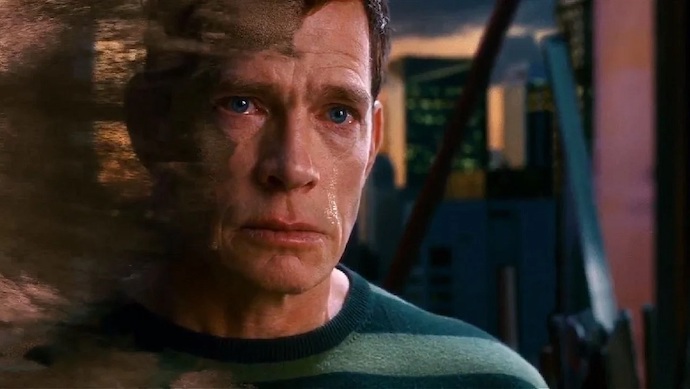
Thomas Haden Church's performance in Spider-Man 3 remains the best part of the movie, primarily because the rest of the performances feel so tired or hammy. (We'll leave you to decide which are which.)
In that film, Sandman had a realized storyline and a solid reason for surviving against Spider-Man, one that wasn't simply about being a moustache-twirling melodramatic bad guy.
In Spider-Man: No Way Home, Sandman put up a tough battle against the Peters despite having a diluted role within the dynamic of the villains. But over the two films, Church's villain came out the other end as one of Spider-Man's best cinematic challenges.
4. Quentin Beck (Mysterio)
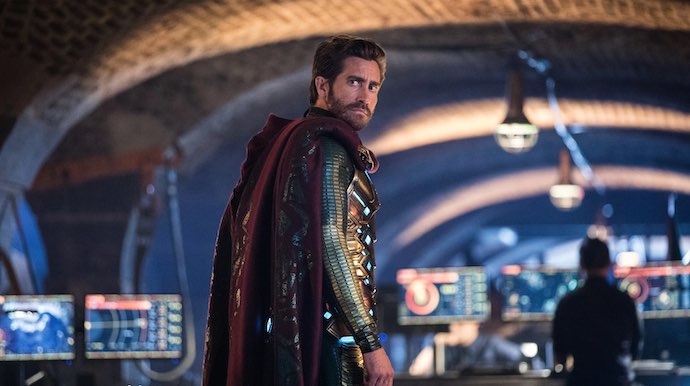
Getting Spider-Man: Far From Home right is one of Marvel's biggest victories to date. If the film had bombed, then Marvel's deal with Sony would have been shattered all over Kevin Feige's office floor.
But Jake Gyllenhaal's Mysterio carried on from his predecessor—Michael Keaton's Vulture in Spider-Man: Homecoming—and presented as one of the more compelling villains in the MCU.
Indeed, because of Quentin Beck's actions, Peter is driven to ask Doctor Strange to cast that fateful spell that tears the multiverse. And in Spider-Man: Far From Home, Gyllenhaal's charm resonates through Beck as he manipulates Parker into giving him ultimate control of EDITH.
3. Adrian Toomes (The Vulture)
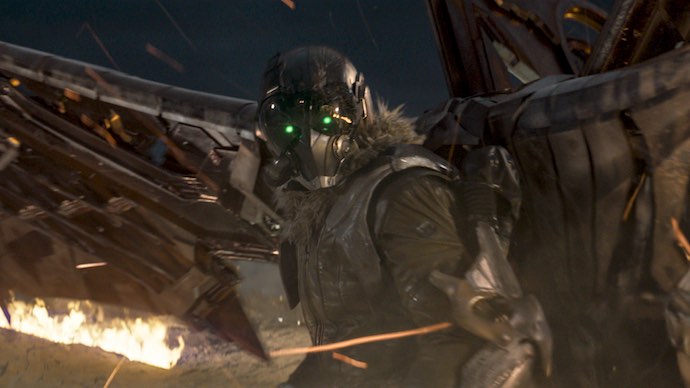
When Marvel and Sony teamed up to give Peter Parker a shot in the Marvel Cinematic Universe, the decision stemmed from Sony's inability to create a compelling Spider-Man movie franchise.
Next to the casting of Peter Parker himself, the most important call was who would portray the villain—a decision so important that they went ahead and asked Batman himself to do it.
Michael Keaton's Vulture isn't just the best villain in the MCU-era of Spider-Man movies, he's one of the best villains in the entire MCU. Keaton's sharp charm translates well to the film, which gives Toomes an edge that few can match.
His absence in Spider-Man: No Way Home is a noticeable weakness for the film, as everybody expected him to eventually show up to complete the Sinister Six.
2. Otto Octavius (Doc Ock)
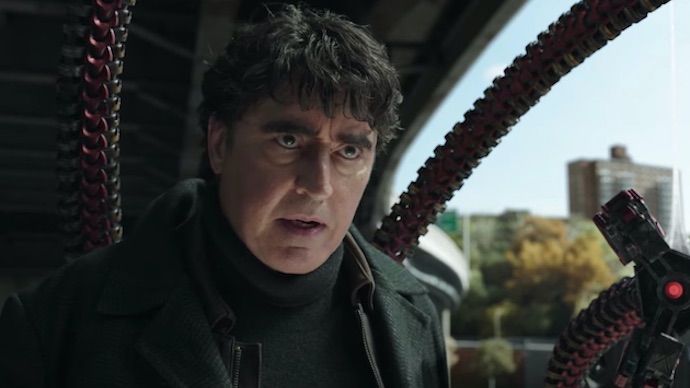
Some people are born to play roles—roles they'd never envisioned when they first began acting. Alfred Molina's performance as Doctor Otto Octavius proves this to be true.
In Spider-Man 2, Octavius becomes Peter's nemesis—an antagonist who often feels invulnerable and indomitable, with incredible mechanical arms that can fling Spider-Man all over the place with ease.
However, the real draw with Doc Ock has to do with more than the written conflict; it's how Molina delicately portrays the state of Octavius' mind and how it was broken by grief and how he copes using technology.
His role in Spider-Man: No Way Home brings back one of cinema's greatest supervillains, with Alfred Molina showing that the 17 years between his performances is nothing but a number.
1. Norman Osborn (Green Goblin)
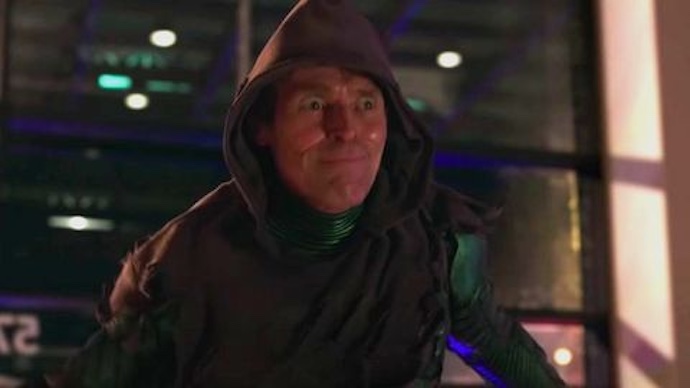
The difference between Alfred Molina's Doc Ock and Willem Dafoe's Green Goblin is marginal, split by no more than a spider's hair. However, when looking at the performance and commitment that Dafoe put into the role, he comes out ahead.
Another actor born to play his villainous role, Willem Dafoe's Goblin is vengeful, brutal, and unrelenting in his savagery. When he battered Tobey Maguire's Peter Parker with blow after blow, it looked like it hurt—and then he did it again to Tom Holland's Peter in Spider-Man: No Way Home.
Dafoe nailed everything about the character down to a tee: the haunting laugh, the physical brutality, the dual sides to Norman's personality. His return is the best part of Spider-Man: No Way Home, rising above the rest and giving the film the villain it needed to truly push Spider-Man.
